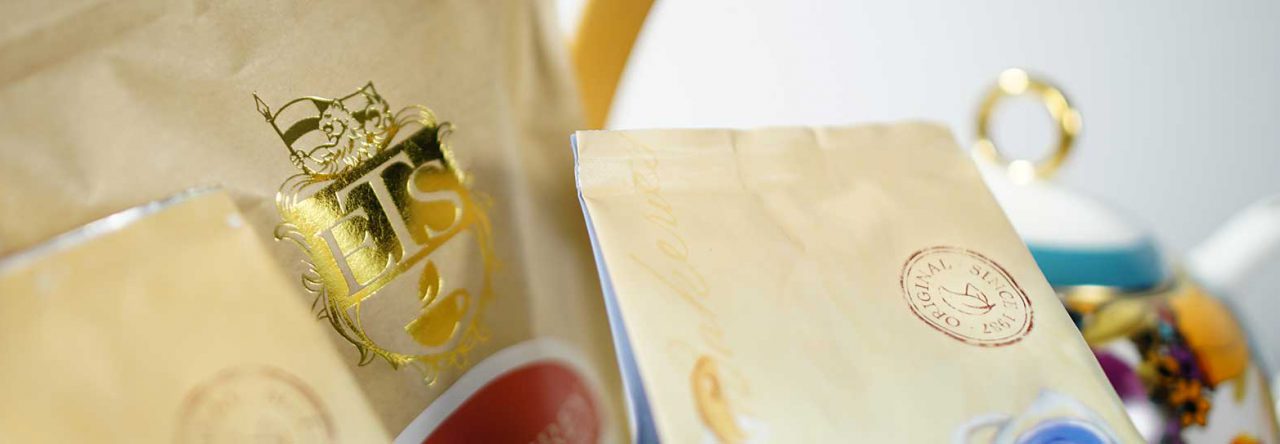
One of the best black teas around comes from one of the wettest areas on this wonderful planet we call home: a region of India called Assam. A large river, the Brahmaputra, fed by snow melt off the Himalayas, accounts for some of the moisture. Monsoon rains that fall from May through June account for the majority. We’re talking “sauna” for two months out of the year, during which tea grows like crazy, is harvested, and then processed as fast as possible. This is Assam tea.
Coming from a varietal of the original tea bush (Camellia Sinensis) called Camellia Sinensis assamica, Assam tea is in a class of its own. Rich in color (dark reddish brown) and aroma, with a biscuity/malty flavor that’s well-suited to adding milk and sweetener, this tea satisfies both as a breakfast tea and throughout the day. For me, it was love at first gulp.
According to Michael Harney of Harney & Sons in his book The Harney & Sons Guide to Tea, withering (drying) the teas has to be done fast in this most humid area. He states, “As a result of this soft wither, Assams are more muted, more soothing, and a darker, richer brown color.” Then it’s a rush to roll and oxidize the withered tea leaves. The rolling is actually a crushing. The first pieces that are small enough to be suitable for steeping are the “fines” and are sieved out. Some of the tea is formed into nuggets (the kind I’m used to), and steep quickly and darkly. A recent innovation is called “golden tip” (because it’s made from the tea leaf tips) and is slightly lighter in flavor and aroma than the usual Assam teas. (I have an unopened box, recently bought.)

Assam is available both loose and bagged. While my strong preference is for loose tea floating free in the pot, this is one tea I would drink bagged because I know that the contents in the bags is better quality than standard bagged teas (which are mainly filled with tea leaf dust). It is also available as a generic Assam (plantation not specified) from tea vendors such as Taylors of Harrogate, Williamson, and Harney & Sons, or from particular plantations such as Tarajulie and Borengajuli. Assam is used in many breakfast blends, adding its signature taste to the brew.
Milk in tea has been shown to inhibit some of the benefits you get from tea, but in Assam tea, which tends to brew up strong even with short steeping times, I find milk essential for smoothing out the edges. A bit of sweetener is also good. This tea was actually “designed” with milk in mind and is enjoyed that way both in India and elsewhere.
Do you like curry and other spicy foods from India, Sri Lanka, Thailand, Korea, and other Asian countries? Assam is a perfect “go-with” tea if you use milk in it, which contains casein that helps coat the tastebuds and cool that spicy fire — one reason I accompany such foods with Assam tea, Indian chai (which often has Assam tea as a base along with the spices), or a lassie (made with plain yogurt and some fruit, usually mango).
Even if your culinary tastes don’t stray beyond steak and potatoes or salads and granola, one potful, and you’ll be hooked as I am. Enjoy!
Are you discovering the joys of tea for the first time? Are you dying to learn more? Visit A.C.’s blog, Tea Time with A.C. Cargill, for more on the wide world of tea!



Leave a comment